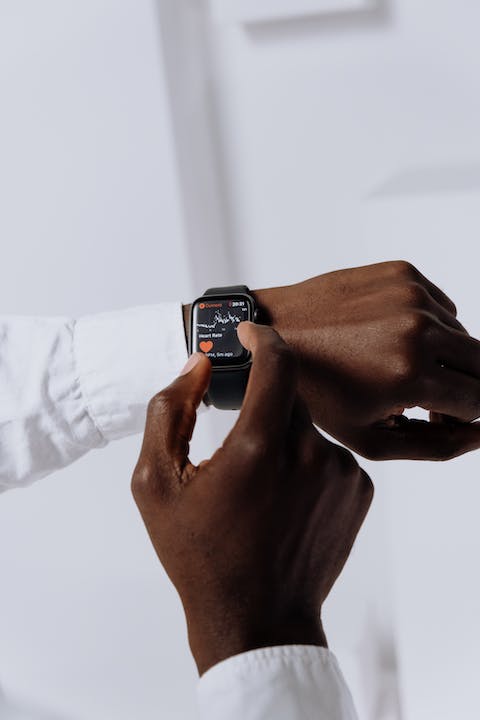How Does a Smartwatch Monitor Heart Rate: The Ultimate Guide
Discover how smartwatches accurately monitor heart rate in this comprehensive guide. Uncover the fascinating technology behind these innovative devices and learn how they track your heart rate with precision. From optical sensors to advanced algorithms, dive into the intricate process that allows smartwatches to deliver accurate heart rate data. Explore the various methods employed by smartwatches and understand the science behind heart rate monitoring. Whether you're a fitness enthusiast or simply curious about wearable technology, this guide will provide all the answers you need regarding how smartwatches monitor heart rate.
How Does a Smartwatch Use Optical Sensors to Monitor Heart Rate?
Smartwatches utilize optical sensors to monitor heart rate by emitting green light onto the skin's surface. These sensors measure the amount of light that is absorbed and reflected by the blood vessels beneath the skin. As blood flow increases or decreases, the amount of light absorbed and reflected changes, allowing the smartwatch to calculate the heart rate. The green light is specifically chosen as it is absorbed by red blood cells, making it easier for the sensors to detect fluctuations in blood volume. Through advanced algorithms, the smartwatch can accurately interpret the data gathered from the optical sensors and provide real-time heart rate measurements.
How Does a Smartwatch Determine Heart Rate Variability?
Heart rate variability, a measure of the time between heartbeats, is an important indicator of overall health and wellness. Smartwatches determine heart rate variability by analyzing the variations in time intervals between consecutive heartbeats. This is done by measuring the R-R intervals, which represent the time between two R waves on an electrocardiogram (ECG) graph. By analyzing these intervals, smartwatches can assess autonomic nervous system activity and provide insights into stress levels, recovery, and overall cardiovascular health. Advanced algorithms within the smartwatch process the heart rate variability data and present it in a user-friendly format, allowing individuals to track their fitness progress and make informed decisions about their well-being.
How Does a Smartwatch Monitor Heart Rate During Exercise?
Monitoring heart rate accurately during exercise is crucial for optimizing workouts and ensuring safety. Smartwatches employ a combination of optical heart rate sensors and motion sensors to monitor heart rate during exercise. The optical sensors continuously measure the heart rate by shining light on the skin, while the motion sensors detect physical movement and adjust the heart rate readings accordingly. These sensors work together to filter out motion artifacts and provide precise heart rate data, even during intense activities. Some smartwatches also utilize additional sensors, such as electrocardiograms (ECGs) or bioimpedance sensors, to enhance the accuracy of heart rate monitoring during exercise.
Further Inquiries about How Does a Smartwatch Monitor Heart Rate:
1. How do smartwatches handle accuracy issues during intense physical activities?
During intense physical activities, motion artifacts can affect the accuracy of heart rate readings. However, smartwatches use advanced algorithms and motion sensors to detect and filter out these artifacts, ensuring accurate heart rate monitoring even during high-intensity workouts. By analyzing the data obtained from the optical heart rate sensors and motion sensors, the smartwatch can provide reliable heart rate measurements.

2. Can smartwatches monitor heart rate accurately for people with different skin tones?
Smartwatches are designed to work effectively across a wide range of skin tones. The optical heart rate sensors in smartwatches are specifically calibrated to account for variations in skin color and ensure accurate heart rate monitoring for individuals with different skin tones.

3. How do smartwatches ensure accuracy when dealing with irregular heart rhythms?
Smartwatches use advanced algorithms to detect and analyze irregular heart rhythms. By comparing the heart rate data obtained from the optical sensors with pre-programmed patterns of normal heart rhythms, smartwatches can identify irregularities and alert users to seek medical attention if needed. Additionally, some smartwatches can even generate electrocardiograms (ECGs) to provide more detailed information about the heart's electrical activity and detect irregular heart rhythms.


